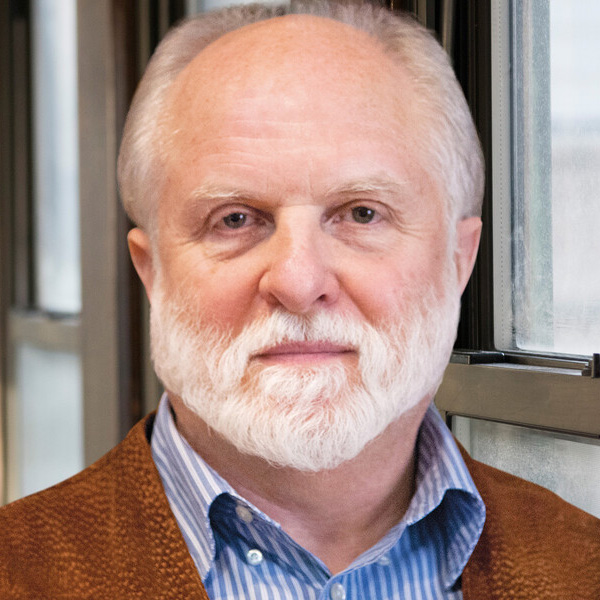Pathways to Regeneration
Uncovering New Possibilities in Medicine
6:30 – 7:30 PM
Reception to follow
The Rockefeller University
1230 York Avenue at East 66th Street
New York, NY 10065
SPEAKER

A. James Hudspeth, M.D., Ph.D.
F.M. Kirby Professor
Laboratory of Sensory Neuroscience
The Rockefeller University
Investigator, Howard Hughes Medical Institute
HOST
Richard P. Lifton, M.D., Ph.D.
President and Carson Family Professor
Laboratory of Human Genetics and Genomics
The Rockefeller University
Of the five senses humans rely on, hearing is perhaps the most fragile. Our ability to hear depends on tiny patches of sensory cells in the inner ear that respond to sound. At birth, the average human ear has about 16,000 of these sensory receptor cells, which are vulnerable to damage from loud noises, certain prescription medications, and the aging process. Auditory receptors die off over time, and unlike most cells in the body, they are not replaced when lost.
Rockefeller’s James Hudspeth, a pioneer in basic research on hearing and hearing loss, has studied the development and responsiveness of auditory receptors for decades. In recent years, multiple lines of investigation in his lab have converged to produce an unexpected and exciting discovery: the isolation of small molecules that exhibit the potential to restore hearing by safely jump-starting the regeneration of auditory receptors.
Lab studies show that these molecules trigger cell proliferation by “releasing the brakes” on a biological pathway that normally regulates organ size. The Hudspeth lab’s test molecules have stimulated regeneration in other organs that do not heal, including the heart and retina. These molecules also show promise for regenerating tissues compromised by diseases that disrupt normal cell replacement, such as Duchenne muscular dystrophy.
Members of the Hudspeth lab have drawn on the support of Rockefeller University’s dynamic translational research ecosystem for these studies. Core technology centers made much of the work possible. Grants from the Robertson Therapeutic Development Fund have been essential, as have collaborative studies with medicinal chemists at the Sanders Tri-Institutional Therapeutic Discovery Initiative—an organization that has recently moved to the Rockefeller campus. While Dr. Hudspeth’s research on tissue regeneration is still highly experimental, he is eager to share what he has learned on this intellectually rewarding journey.